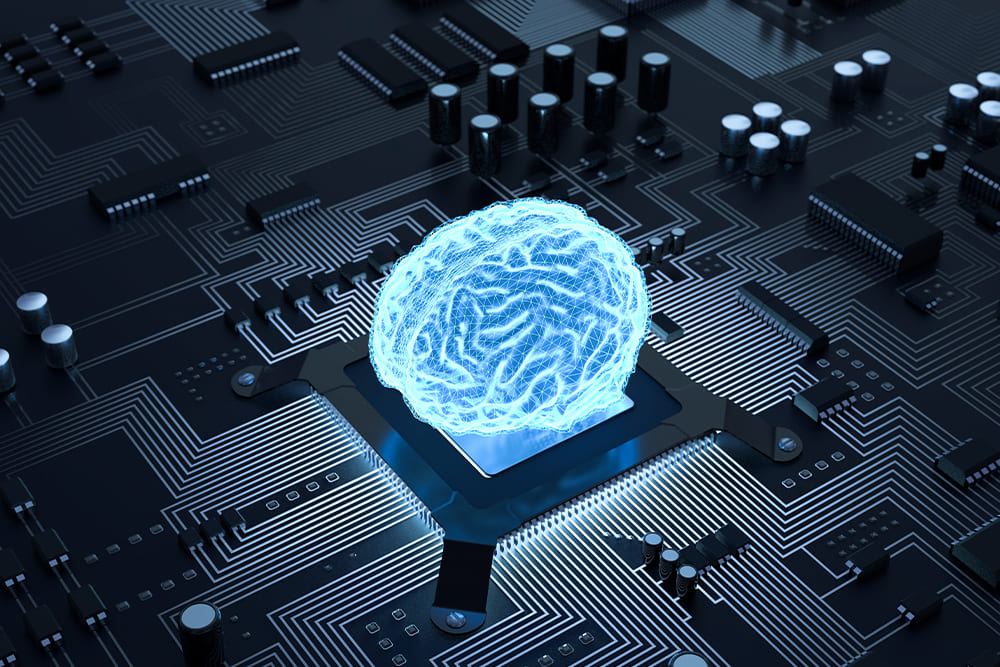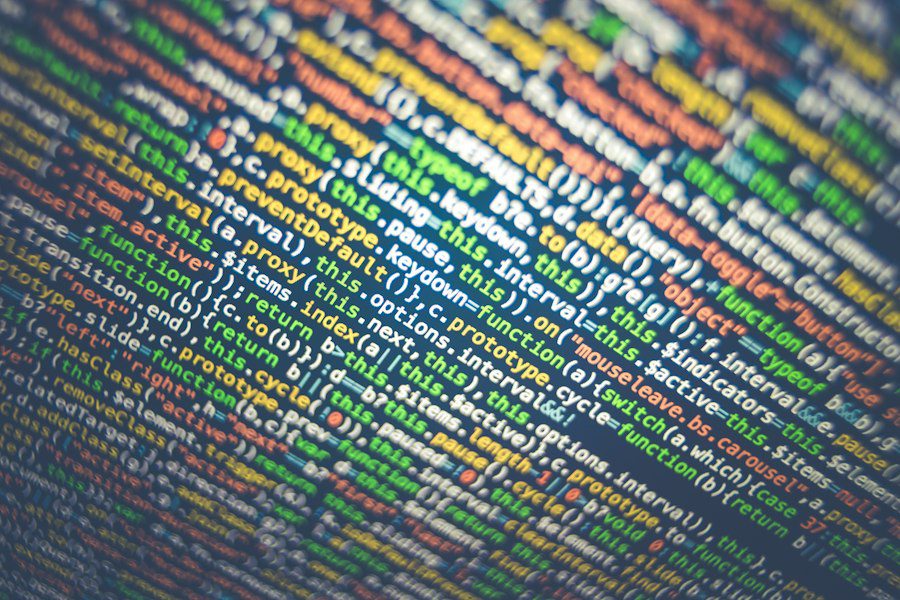
In today’s data-driven world, images Datasets represent an incredibly rich source of information. From social media to medical imaging, autonomous vehicles to satellite imagery, the applications of image data are vast and diverse. For data scientists, harnessing the power of image datasets opens up a world of possibilities for analysis, insight generation, and innovation. In this comprehensive guide, we’ll delve into the intricacies of working with image datasets, exploring techniques, tools, and best practices that will empower data scientists to unlock the full potential of this valuable resource.
Understanding Image Datasets
Before diving into the technical details, it’s essential to understand what image datasets are and the types of data they encompass. Image datasets consist of collections of digital images, which can range from photographs and medical scans to satellite imagery and digital art. Each image in a dataset is composed of pixels, with each pixel representing a tiny unit of information about color and intensity.
Image datasets can be categorized based on various criteria:
- Domain: Image datasets can belong to diverse domains such as healthcare, retail, agriculture, astronomy, etc., each with its unique characteristics and challenges.
- Resolution: Images can vary in resolution, from low-resolution thumbnails to high-definition photographs.
- Labeling: Datasets may be labeled or unlabeled. Labeled datasets have annotations or tags associated with each image, providing information about the content or characteristics of the image.
- Size: The size of an image dataset can vary significantly, from small-scale collections to massive repositories containing millions of images.
Preprocessing and Data Augmentation
Before feeding image data into machine learning models, preprocessing is often necessary to ensure optimal performance. Preprocessing steps may include:
- Resizing and Rescaling: Standardizing image dimensions and intensity values can facilitate model training and reduce computational overhead.
- Normalization: Scaling pixel values to a standard range (e.g., [0, 1]) can enhance model convergence and stability.
- Data Augmentation: Data augmentation techniques such as rotation, flipping, cropping, and adding noise can artificially expand the dataset, improving model generalization and robustness.
Feature Extraction and Representation
Extracting meaningful features from raw image data is a critical step in image analysis. Several techniques can be employed for feature extraction:
- Traditional Methods: Traditional computer vision techniques such as edge detection, texture analysis, and feature descriptors (e.g., SIFT, SURF) can be used to extract relevant features.
- Deep Learning-based Methods: Deep learning models, particularly convolutional neural networks (CNNs), have revolutionized image analysis by automatically learning hierarchical representations from raw pixel data. Pre-trained CNN models (e.g., ResNet, VGG, Inception) can be leveraged for feature extraction, either by using them as feature extractors or fine-tuning them on specific tasks.
Model Training and Evaluation

Once features are extracted, they can be used to train machine learning models for various tasks such as classification, object detection, segmentation, and more. Common steps in model training and evaluation include:
- Model Selection: Choosing an appropriate model architecture based on the task, dataset size, and computational resources.
- Training: Optimizing model parameters using training data through techniques like gradient descent and backpropagation.
- Validation: Assessing model performance on a separate validation dataset to tune hyperparameters and prevent overfitting.
- Evaluation: Evaluating model performance on a test dataset using metrics such as accuracy, precision, recall, F1-score, etc.
Transfer Learning and Fine-tuning
Transfer learning is a powerful technique that enables leveraging knowledge gained from pre-trained models on large-scale datasets for tasks with limited data. By fine-tuning pre-trained models on target datasets, data scientists can achieve state-of-the-art performance with less computational resources and training data.
Challenges and Considerations
Working with image datasets comes with its own set of challenges and considerations:
- Data Quality: Ensuring data quality is crucial, as noisy or biased data can adversely affect model performance.
- Computational Resources: Training deep learning models on large image datasets requires significant computational resources, including GPUs and TPUs.
- Interpretability: Deep learning models often act as black boxes, making it challenging to interpret their decisions, especially in critical domains like healthcare.
- Ethical and Privacy Concerns: Image datasets may contain sensitive information, raising ethical and privacy concerns regarding data collection, storage, and usage.
Tools and Frameworks
A variety of tools and frameworks are available to streamline the process of working with image datasets:
- TensorFlow: TensorFlow, an open-source machine learning framework developed by Google, provides comprehensive support for building and training deep learning models for image analysis.
- PyTorch: PyTorch, another popular deep learning framework, offers flexibility and ease of use, making it well-suited for prototyping and research in image processing.
- OpenCV: OpenCV (Open Source Computer Vision Library) is a powerful library for computer vision tasks, providing a wide range of functionalities for image processing, feature extraction, and more.
- Scikit-image: Scikit-image is a Python library dedicated to image processing algorithms, offering a user-friendly interface and a rich collection of functions for various image-related tasks.
Advanced Techniques in Image Analysis
In addition to the fundamental concepts and techniques discussed earlier, there are several advanced methods and approaches that data scientists can explore to further enhance their image analysis capabilities:
- Semantic Segmentation: Unlike classification, which assigns a single label to an entire image, semantic segmentation aims to classify each pixel in an image into predefined categories, thereby providing a detailed understanding of the spatial layout of objects within the scene. Deep learning architectures such as Fully Convolutional Networks (FCNs) and U-Net are commonly used for semantic segmentation tasks.
- Instance Segmentation: Instance segmentation goes a step further than semantic segmentation by not only categorizing each pixel but also distinguishing between different object instances of the same class. This fine-grained segmentation is particularly useful in applications such as autonomous driving, where precise object detection and tracking are essential.
- Object Detection: Object detection involves identifying and localizing multiple objects of interest within an image, along with assigning a class label to each detected object. Popular object detection frameworks such as Faster R-CNN, YOLO (You Only Look Once), and SSD (Single Shot MultiBox Detector) have significantly advanced the state-of-the-art in this field.
- Generative Adversarial Networks (GANs): GANs are a class of deep learning models consisting of two neural networks, the generator and the discriminator, trained in an adversarial manner. GANs have been successfully applied to tasks such as image generation, style transfer, and image-to-image translation, offering creative possibilities for image manipulation and synthesis.
- Attention Mechanisms: Attention mechanisms, inspired by human visual attention, enable deep learning models to focus on relevant regions of an image while ignoring irrelevant or distracting information. Attention mechanisms have been integrated into various architectures, including CNNs and transformers, to improve performance in tasks such as image captioning and visual question answering.
Ethical and Societal Implications
As data scientists delve deeper into the realm of image analysis, it’s essential to consider the ethical and societal implications of their work. Issues such as bias in training data, privacy concerns, and the potential misuse of AI technologies underscore the importance of responsible and ethical practices in image data analysis.
- Bias and Fairness: Image datasets, like any other form of data, can reflect societal biases and stereotypes, leading to biased models and discriminatory outcomes. Data scientists must be vigilant in identifying and mitigating biases in their datasets and models to ensure fairness and equity.
- Privacy and Security: Image datasets often contain sensitive information about individuals, raising concerns about privacy and security. Data anonymization techniques and robust data protection measures are essential to safeguarding the privacy of individuals whose images are included in datasets.
- Regulatory Compliance: Compliance with regulations such as the General Data Protection Regulation (GDPR) and the Health Insurance Portability and Accountability Act (HIPAA) is paramount when working with image datasets, particularly in sensitive domains such as healthcare.
- Transparency and Accountability: Transparency in model development and decision-making processes is crucial for building trust and accountability. Data scientists should strive to make their methodologies, assumptions, and limitations transparent to stakeholders and end-users.
Future Directions
Looking ahead, the field of image data analysis is poised for continued innovation and advancement. Emerging technologies such as quantum computing, neuromorphic computing, and edge computing hold promise for accelerating image processing tasks and enabling real-time analysis in resource-constrained environments.
Furthermore, interdisciplinary collaborations between data scientists, domain experts, ethicists, and policymakers will be essential for addressing complex societal challenges and ensuring that image analysis technologies are developed and deployed responsibly.
Conclusion
In conclusion, image datasets represent a treasure trove of information with countless applications across diverse domains. By understanding the intricacies of working with image data and leveraging appropriate techniques, tools, and best practices, data scientists can unlock the full potential of image datasets and drive impactful insights and innovations. Whether it’s advancing medical diagnosis, enhancing agricultural productivity, or enabling autonomous navigation, the power of image datasets is limited only by our imagination and ingenuity.
By following the comprehensive guide outlined above, data scientists can embark on a journey to harness the transformative power of image datasets and contribute to solving some of the most pressing challenges facing our society today. With continued advancements in technology and the democratization of tools and resources, the future of image data analysis holds boundless opportunities for exploration and discovery.

